On March 15, 2014, Fr. Angelo Veraldi, a Neocatechumenal seminary professor from Italy, instructed permanent deacon candidates in Guam that “Jesus became a sinner” and that he “experienced the forgiveness of the Father.” This startling teaching launched me on a search for the foundations of this travesty in the teaching of the founder of the Neocatechumenal Way, Kiko Arguello.
I ‘ve gathered eight “exhibits”, taken from Kiko’s teaching, his writing and and his art, that led me to the conclusion that Kiko indeed has trouble with the Trinity.
Exhibit I , which I’ve already mentioned, is a lecture by a Neocatechumenal seminary professor sent to Guam to teach seminarians at the Redemptoris Mater Seminary and Archdiocesan candidates for the diaconate. It was the startling words of this professor that led me to investigate Kiko Arguello’s belief (or lack thereof) in the Holy Trinity. Exhibits II through IV are icons painted by Kiko, and Exhibits V through VIII are references to the Holy Trinity (or lack thereof) taken from the written teachings of Kiko found in the first four volumes of the Catechetical Directory of the Neocatechumenal Way, the catechetical writings that prescribe the first four of five years of a Neocatechumen’s walk in “the Way.”
These examples convince me that Kiko prefers to ignore the Holy Trinity and generally avoids any explicit mention of this fundamental aspect of our Faith in his art and in his teaching. Moreover, even when he broaches the topics depending upon the Trinity in his teaching, he displays a deformed or even heretical understanding of this important dogma. Indeed, Kiko Arguello has trouble with the Trinity.
Exhibit I
On March 15, 2014, Fr. Angelo Veraldi, a Neocatechumenal seminary professor from Italy, instructed permanent deacon candidates in Guam that “Jesus became a sinner.” He said, in part:
“Jesus Christ experience[d] the psalms. He experience the love of God, the Father. He experienced the forgiveness of the Father, because he was a sinner. He became a sinner. Willing, not because he was imposed, because he was a sinner, willingly, willing a sinner.“
Exhibit II
Consider Kiko’s icon, “The Annunciation”, below, on the left. You can see that he copies most of the features of his icon from older icons from the Eastern Church, like the one on the right. [To see enlarged versions of any image in this post, click on the image.]
Can you see any differences? How about this: in the ancient Christian icons from the East, the Holy Trinity was often symbolized by three rays. You can see an example of this from the older icon above. But Kiko deliberately removed this powerful symbol of the Trinity in his icon, replacing it with a single ray, as shown below in the zoomed-in images.
Exhibit III
Replacing three rays with one may seem innocuous to you, but Kiko did the same thing when he painted his icon of the Baptism of Jesus (called the “Theophany” in the Eastern Church). Kiko’s version is on the left, below, and two ancient versions are on the right.
Let’s zoom in to see.
Kiko is inclined to remove the traditional Trinitarian symbolism of the Eastern Church from his artwork. We see a particularly egregious example of this in the next exhibit.
Exhibit IV
Perhaps Kiko’s most startling misuse of traditional Eastern Trinitarian symbology is found in his painting of the Holy Family, below, on the left. He bases it on Andrei Rublev’s 15th century icon, “The Trinity”, below, on the right. [To see enlarged versions of any image in this post, click on the image.]
To see what a travesty this is, let’s first look discuss the symbolism in Rublev’s icon, on the right. First, know that Rublev bases this icon on the biblical story of Abraham and the three Angels at the Oak of Mamre [Genesis 18:1-15]. In the Eastern Church, this icon is considered the template for all icons of the Trinity. All figures have identical faces, signifying that the Three Persons of the Trinity possess the same divine nature. All three wear blue, the celestial color, representing divinity. The Holy Spirit, on the right, also wears green, the traditional color of life associate with that Person of the Trinity in the Eastern Church. Christ, in the middle, also wears a robe dark crimson, signifying His Incarnation. and God the Father, the figure on the left, wears a shimmering purple garment, signifying His royalty. Behind the figure of God the Father, is the Father’s “house” with its many rooms [John 14:2].
Kiko completely strips the work of all of this traditional Trinitarian symbolism.
Kiko makes his trashing of the Trinity complete by writing on the top of his work. Let’s zoom in.

“Dios es Comunidad, Liturgia, Palabra” in Spanish, or “God is Community, Liturgy, Word” in English. Those of you who know something of the Neocatechumenal Way know that “Community, Liturgy, and Word” are the “tripod” (Kiko’s term) upon which the Neocatechumenal Way is founded. But Kiko’s “tripod” is not the Trinity. Is God “liturgy”?
Exhibit V
The word “trinity” only appears once in the body* of the 427-page English version Volume I of the Neocatechumenal Catechetical Directory:
“All of this he has fulfilled in Jesus, since he, brothers and sisters, really entered with human nature into the divinity, into the Trinity. He has achieved transcendence, he has been resurrected by God and he has entered into the Promised Land.” pp. 217-218, 10th Day
So Jesus “really entered with human nature into the divinity” and that he “achieved transcendence“, but wasn’t Jesus the second Person of the Holy Trinity and transcendent prior to His Incarnation? Kiko doesn’t say, because he never mentions the Trinity again in this work.
We also see this on page 11 of that volume:
” …He was a man like us and God was acting in him, performing signs so that it may be manifest that he was the Sent One of God, the Chosen One of God, for every prophet in Israel had to prove that he came from God, otherwise he was a false prophet. And he proves it with facts, performing miracles and uttering words that are fulfilled. The Father had to act in him to confirm that he was his envoy, anointed by God with the Holy Spirit to fulfill his mission.
For Kiko, then, Christ’s miracles were the work of the Father acting in him, and did not flow from Christ’s divine nature.
Exhibit VI
Moving on to another section of the first volume of his Catechetical Directory, we see Kiko trash the Trinity in a completely different way:
“Was it that God, like a kind of Moloch, was placated and satisfied with the sacrifice, with the blood of his Son? If so, what sort of God have we made for ourselves? We have arrived at thinking that God, like the pagan gods, satisfies his anger with the sacrifice of his Son. This is why it is normal for the atheists to say: what kind of God is this who discharges his anger against his Son on the cross? And what could we answer? Certain juridical and clumsy rationalizations of the theology of expiation and the Eucharist have brought us to these deformations, to believing in a “God whose ruthless justice would have demanded a human sacrifice, the immolation of his own Son.“ Vol. I of the Catechetical Directory, p 361.
Kiko is attempting to deny the sacrificial element of Jesus’ saving death by using a “strawman” argument, one that ignores the dynamics of the Trinity altogether. This straw man presentation ignores the dynamics of the Trinity by excluding the possibility that Jesus is both the priest (offerer) and the victim of the sacrifice of the passion and that His sacrifice on the cross was a self-offering, and that offering was made in the furnace of love that is the Holy Trinity.
I argue my point in depth here.
Exhibit VII
Kiko never uses the word “Trinity” at all in the body of the 160-page second volume of Kiko’s Catechetical Directory, which is dedicated to the First Scrutiny Convivence marking the second stage of the Neocatechumenal Way. He also makes no reference to the word “Trinity” in the 226-page fourth volume of Kiko’s Catechetical Directory, which is dedicated to the convivence of the Second Scrutiny stage.
I can imagine some people responding, “Oh, but the word ‘Trinity’ isn’t even mentioned once in the Bible!”
I respond that the Church has convened twenty-one Ecumenical Councils since the last book of the New Testament was written, and many of those councils have discussed and clarified the revealed truth of the Holy Trinity. We are no longer an infant Church, a Church in diapers. The truth of the Trinity is indeed part of the Good News, the Kerygma.
Exhibit VIII
The word “Trinity” is mentioned only once in the 110 pages third volume of Kiko’s Catechetical Directory. This book is dedicated to the Shema Convivence, another stage of the Neocatechumenal Way. The “Shema”, which means “listen”, is the prayer found in Deuteronomy 6:4-9, “Hear, O Israel: The Lord our God, the Lord is one. You shall love the Lord your God with all your heart and with all your soul and with all your might…“
Kiko’s only reference to the Trinity in this work occurs when he’s introducing a song:
These three young men, who sing and praise the Lord together to all of creation, are represented many times in catacomb paintings, because in the early Church these three young men expressed an image of the Church. The number three is the symbol of the Trinity of God, a symbol of the community, of the Church. These three young, praising God with their hands raised in the midst of the fire are the image of the Church in the midst of the world. Admonition to the “Canticle of the Creatures”, page 69, Sunday morning Lauds, Vol. 4, “Shema”
So “the number three is the symbol of the Trinity of God”. That’s really not telling us anything we didn’t already know about the Trinity. Kiko is really emphasizing the community in this passage, and not God.
References
- Andrei Rublev, The Holy Trinity
- The Three Rays and the Icon of the Annunciation


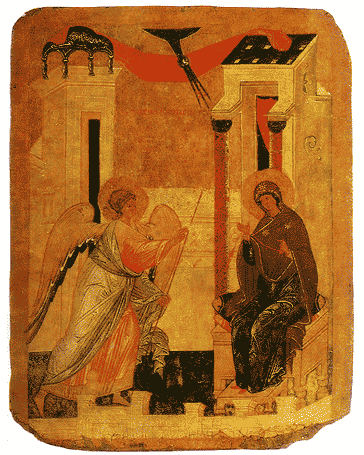
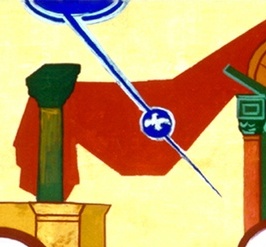
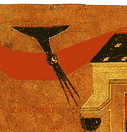
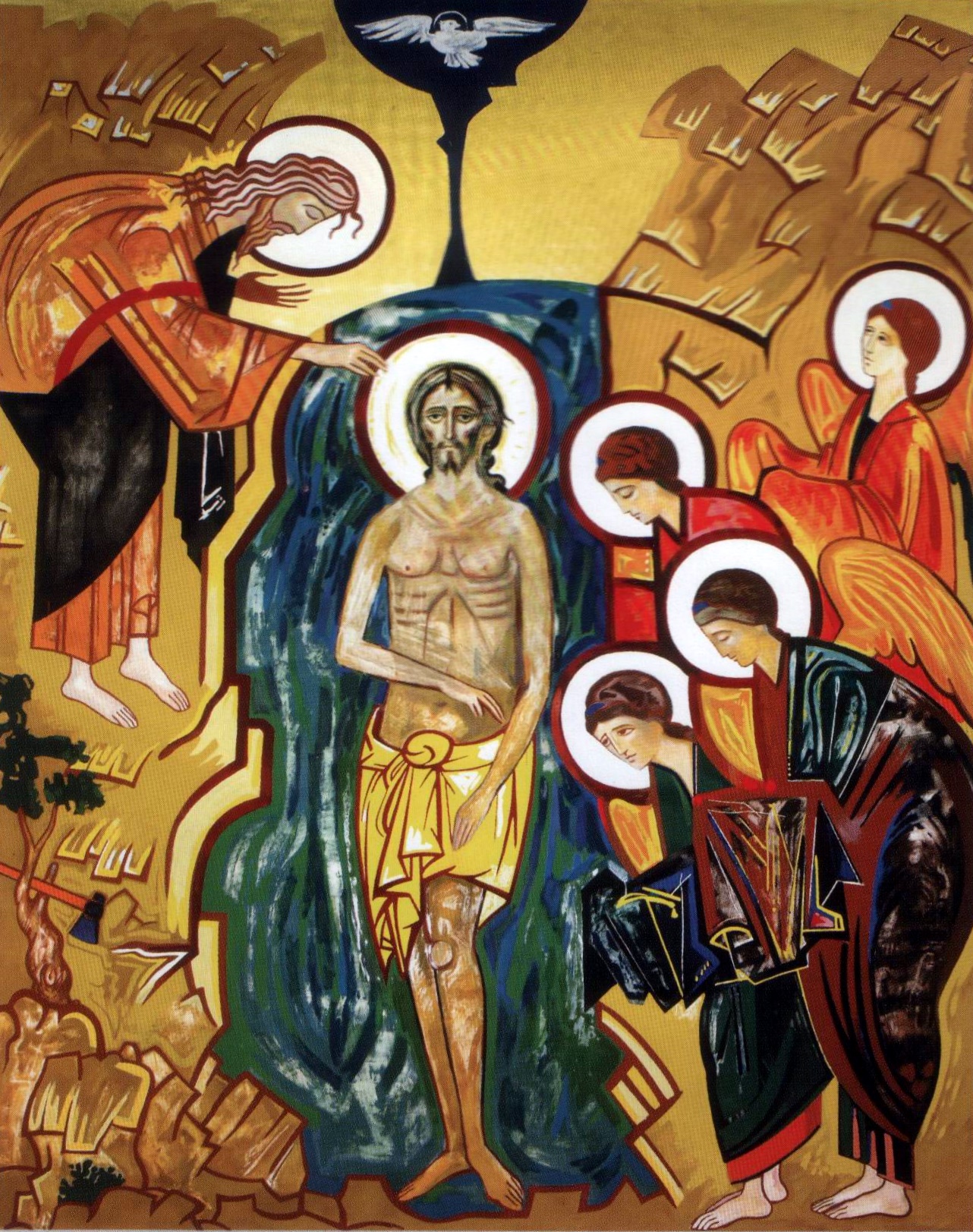
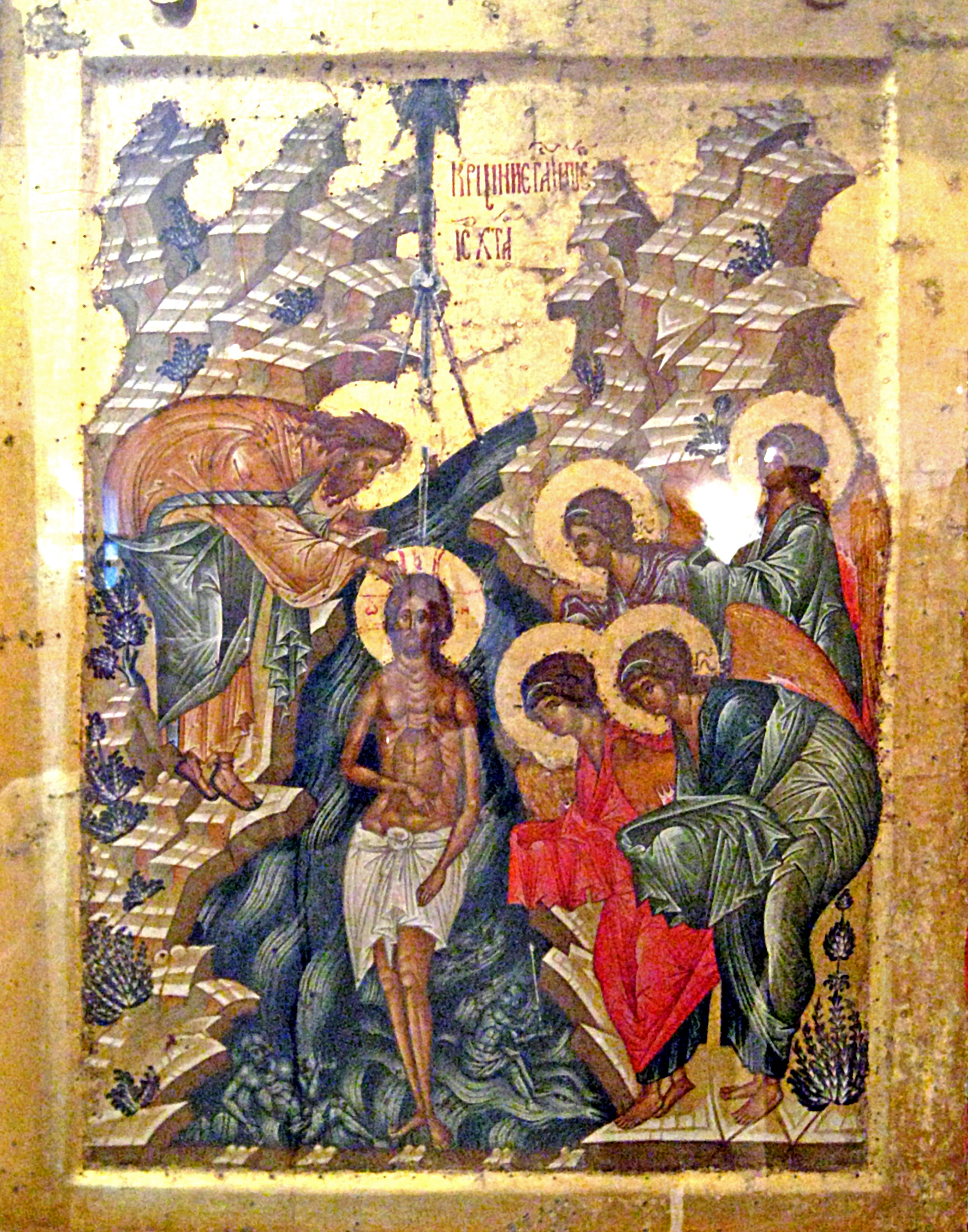
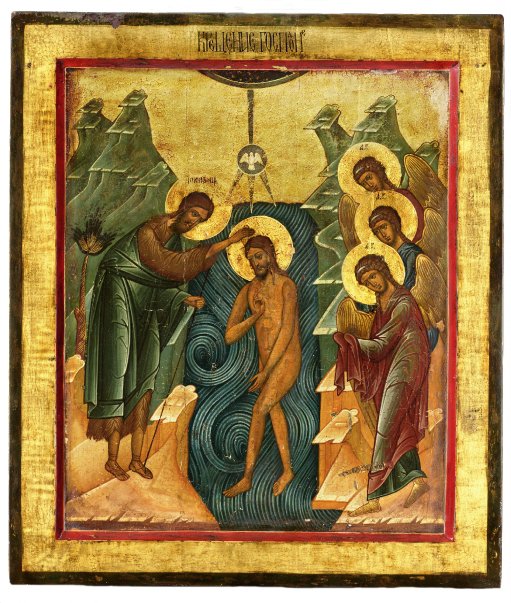
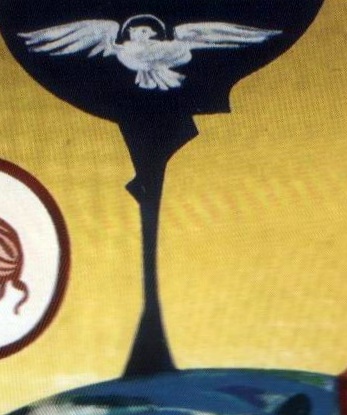
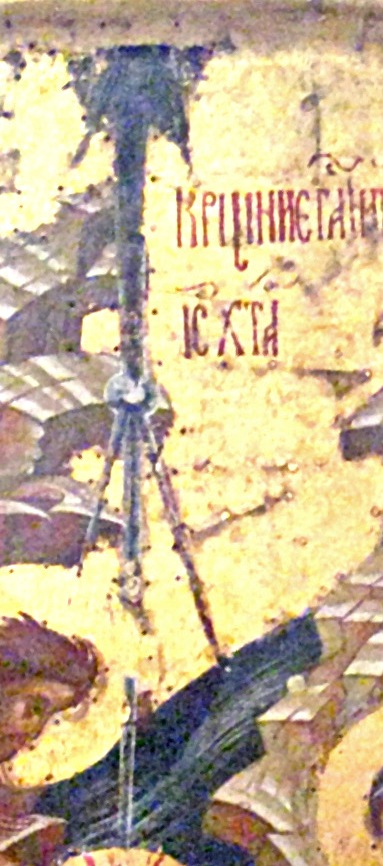
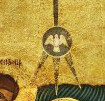
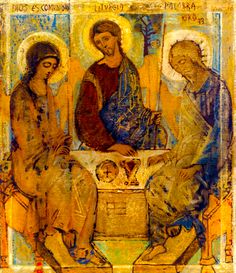
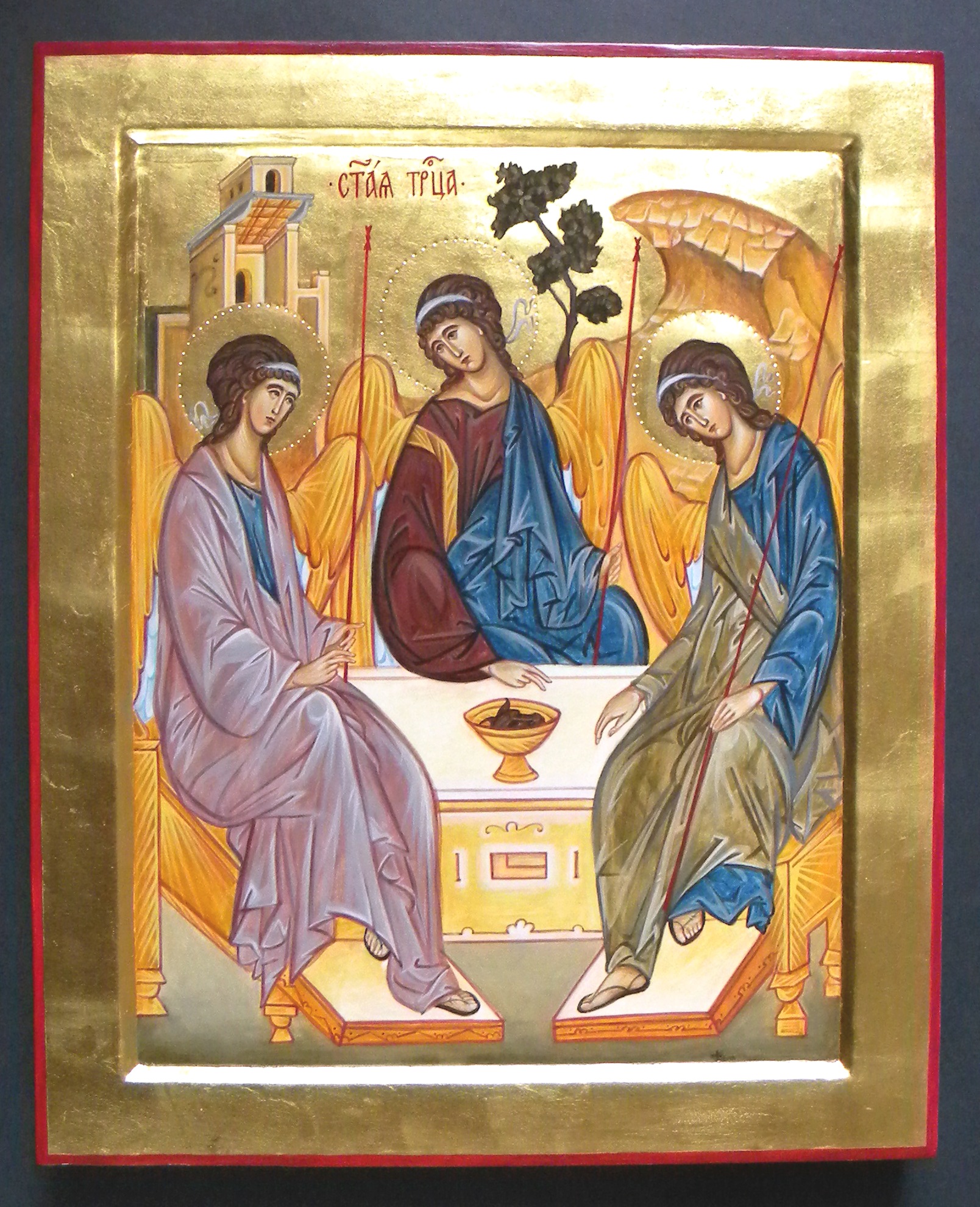
excellent research. what a travesty this kikoism is, for sure.
Chuck,
You have done quite a bit good research to really validate what has been revealed in the JW reference what the NCW really believes, and we are so very grateful for all your efforts. This paragraph from Kiko “All of this he has fulfilled in Jesus, since he, brothers and sisters, really entered with human nature into the divinity, into the Trinity. He has achieved transcendence, he has been resurrected by God and he has entered into the Promised Land.” is quite opposite what the Church teaches, that Christ in his divinity assumed human nature; He became incarnate in the mystery of the Incarnation. CCC 515 “His deeds, miracles and words all revealed that in him the whole fullness of deity dwells bodily. His humanity appeared as “sacrament,” that is, the sign and instrument, of his divinity and of the salvation he brings.” Also CCC 262 “The Incarnation of God’s Son reveals that God is the eternal Father and that the Son is consubstantial with the Father, which means that, in the Father and with the Father the Son is one and the same God.”
As you have revealed in an earlier post, Kiko seems to dismiss the relevance of early church history from Constantine to Vatican 2, this is quite telling, since at Nicea and Constantinople the understanding of the doctrine of the Trinity was explicated. This also gave us the truths of the Trinity that we profess in the credo, which I understand the NCW pays little attention to. I am beginning to believe that the Professor at RMS teaching the “Jesus is a Sinner” really meant what he said and flows from Kiko’s erroneous catechesis.
We know that the reality of the Trinity has always existed since it is a reality of God himself, however this development of doctrine, or man’s grasp of God’s truth had to come from the Church which is the pillar of truth. Kiko’s understanding apart from the Church will always be flawed.
Kiko’s misunderstanding of the Trinity is the reason he missed the boat altogether when it comes to an understanding of who man is, simply since if he missed the point who God is, he will never come to know himself. After all we are created in the image and likeness of God.
The Church teaches us that the doctrine of the Trinity is the most essential and central teaching of our Christian Faith. CCC261 “The mystery of the Most Holy Trinity is the central mystery of the Christian faith and of Christian life. God alone can make it known to us by revealing himself as Father, Son and Holy Spirit.”
If Kiko missed this important tenant of our faith, He missed it all.
Thank You for commenting, God Bless You..
Roland Mondia
Chuck, I need you to help me out. Tim Rohr referred me to your discussion of Kiko’s treatment of the Trinity as support for his (T. Rohr’s) claim that Kiko is a heretic. I read your exhibits, and take away from your discussion that you understand Kiko’s sense of the Trinity to be flawed, but you never mention the word “heretic.” Is there something Tim Rohr is seeing that I am missing?
And maybe I am missing something too in your narrative under exhibit V. Here your take on Kiko’s remark about the Father acting in Jesus is that Kiko understands Jesus divine nature is not at work in the miracles. Kiko says Jesus performed the miracles, and I expect (here I am extrapolating for Kiko, but very plausibly) the Father acted in Jesus in some way since the Father is in Jesus as Jesus is in the Father and their wills act in accord with one another in acts of love such as the miracles. So in some sense, Jesus cannot act without the Father acting in him since they are two persons of the one Triune God. The Father’s acting in Jesus does not require us to accept that the miracles were performed by Jesus human (as opposed to divine) nature. Again, if I am missing something in your explication here, help me out.
One other point: Frankly, I find an absence of a depiction by Kiko of the Trinity in his art not to be an indication of a flawed sense of Trinity. It is rather not his focus. So too in the passage you refer to, drawn from his catechesis in your exhibit VI. The fact that Kiko fails to mention Christ as self-sacrificing priest does not persuade me that he denies that Chirst is a self-sacrificing priest. I would need something more to convince me. To borrow from mathematics, if one is busy explicating a proof in Euclidean geometry, that doesn’t mean that the one working through the proof for that very reason denies the virtues, truths and utility of calculus. Again, please help me out if I have misunderstood you.
Timothy, while I did indeed avoid stating that Kiko Arguello is a heretic, I hoped to convince readers that the man has serious trouble with the doctrine of the Holy Trinity. I attempted to do so through a preponderance of evidence, so analysis of one exhibit taken alone would probably not suffice.
Your homework then, as a skeptic, will be to find any public example of this evangelist’s teaching on the Trinity. Any at all. You won’t find it in his secret mamotretos, that’s for sure, nor will you find much of it, if any at all, in his art.
I’ll be providing more evidence on this topic in the coming months, taken from published work written by one of his key lieutenants.
Chuck, as I understand the term “preponderance of the evidence,” it refers not to a judgment based on the accumulation of weak evidence (which your exhibits seem to be to me), but rather a judgment based on at least one piece of convincing evidence outweighing an accumulation of weak evidence. I think you have accumulated pieces which are compatible with either a verdict of innocent or a verdict of guilty on the count of Mr. Kiko being troubled by the Trinity.
He’s troubled by the doctrine of the Trinity. Let me know if you find examples of this evangelist publicly preaching on that topic that is so fundamental to our faith. In any language.
Timothy, you made no mention of Neocatechumenal Fr. Angelo Veraldi’s recorded lecture to Guam’s diaconate candidates in which he stated that Jesus was a sinner, and that Jesus “experienced the forgiveness of the Father.” How does one wiggle out of that and still affirm the Trinity?
.
Chuck,
I agree that to teach that Jesus is a sinner, as taught by non-Trinitarian sects has great implication on Jesus having divine nature, and one person in the Trinity. The teaching against the divinity of Jesus is what the Council of Nicea countered and is known as the “Arian Heresy”. Perhaps Timothy has missed the point that it was the Church who labeled this teaching heretical. We in the JW blogs are just echoing what the Church teaches.